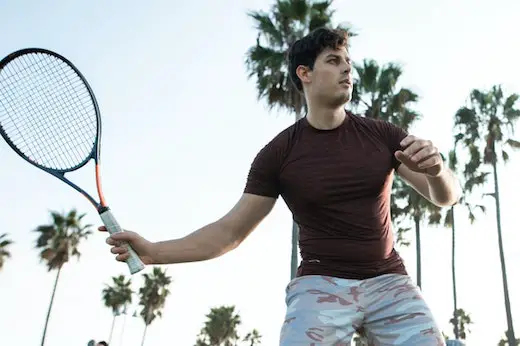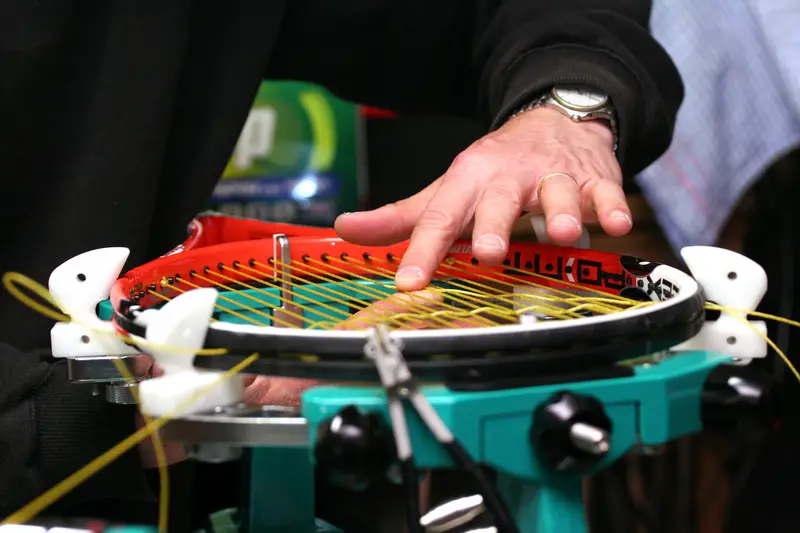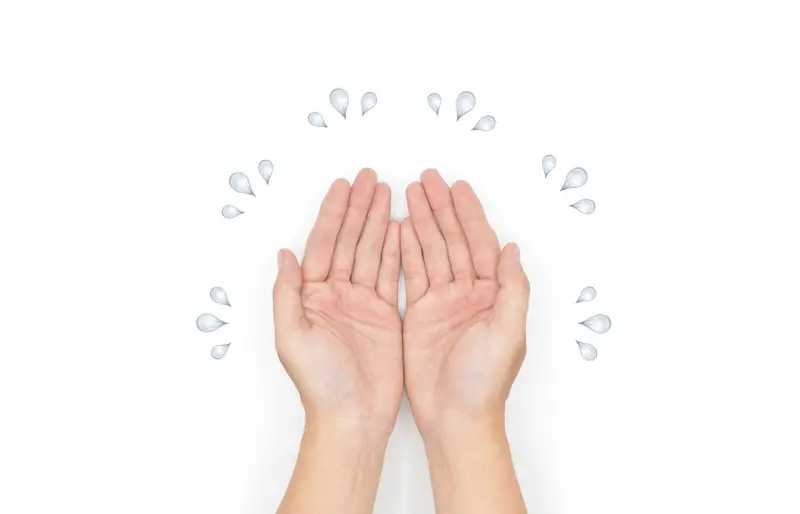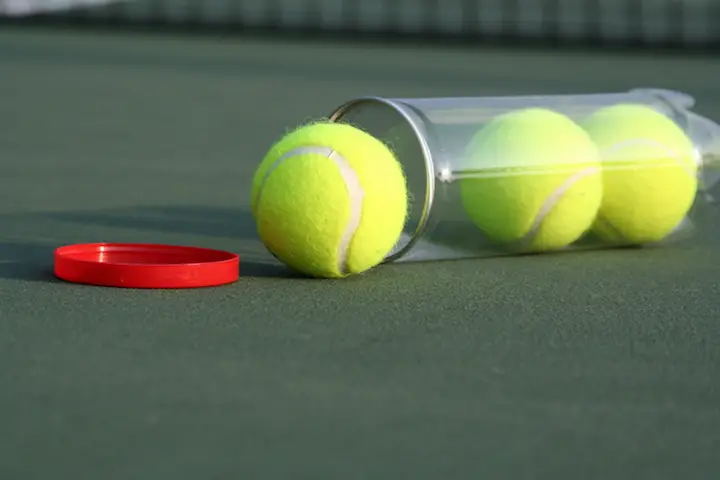Your Guide
 Gavin Davison
Gavin Davison
As the game of tennis has developed, THE WAY in which players hit the ball has completely changed.
Back in the 1970s and 1980s, players would hit the ball extremely flat, very low, and the standard grip being used was ‘continental grip’.

However, as we progressed into the 1990s, players like Pete Sampras and Andre Agassi started introducing the world to TOPSPIN, and the game began moving away from those hard, flat strokes into the more creative strokes we see today.
Fast forward to 2022, and you’ve got guys like Nadal, Djokovic, and Federer, who not only hold the racket entirely differently from players in the 80s and 90s, but the shapes of their shots are ENTIRELY DIFFERENT TOO.
It’s truly fascinating to look back through the ages and see how hitting a ball has actually changed…
..Just check out the 1980 US Open final between McEnroe and Borg right here, as this match shows PERFECTLY HOW FLAT they would hit the ball back then:
As we move through this article, I’ll also show you other videos of the modern-day game, and you will truly see how the strokes and shapes have changed.
And of course, since this article is aimed at educating you on how to hold the racket for the various strokes in tennis, I’ll be focusing on this in great detail.
Let’s get started right now so we can investigate the strokes and improve your clarity on how to hold the racket to suit the modern-day game!
The Different Grips According to Different Strokes
Assuming you have played at least a little bit of tennis in the past, you’ll have a FUNDAMENTAL UNDERSTANDING of the different shots required in the game.
Of course, each of the different strokes has different styles and objectives, which requires a different grip to achieve the desired outcome.
To keep things as simple and as digestible as possible, I’ve broken down each stroke below.
Serve
In order to hit a serve correctly, you’ll often hear coaches refer to the grip as a ‘CONTINENTAL GRIP’ – sometimes called a ‘CHOPPER GRIP’ in certain parts of the world too.
The reason that this is the preferred grip for serving is that it allows you to hit VARYING SPINS, including slice and topspin, while at the same time allowing you to flatten a serve out.
The secret behind being able to do this is known as ‘pronation’, where you bring your elbow through first and rotate the wrist to meet the ball at the DESIRED ANGLE.
If this all sounds a little confusing, have a read of this continental grip breakdown from one of the most renowned coaches in the world – Patrick Mouratoglou.
Forehand
Of all the different strokes you can play in tennis, this one has arguably CHANGED THE MOST.
As you can see in the video shared earlier, guys like Borg and McEnroe would strike their forehand extremely flat back in the day with very little spin.
This was usually done by using a continental grip, but these days, players have rotated their hands further around the grip in order to hit with greater amounts of topspin.
As promised, I wanted to really highlight the difference between players from 20-30 years ago compared with the likes of Nadal and Federer of the modern age, so please check out this video below if this is of interest to you:
The interesting thing with this comparison is that Federer has only gone slightly further around from the old-school continental grip, almost holding it in an Eastern position.
This grip allows him to hit with decent topspin, but he can flatten the ball out very well AT THE SAME TIME.
Nadal on the other hand holds the grip in almost a full-western position, which is why he can generate such extreme topspin on this wing.
And if you’re curious as to why clay court players have such a hard time on courts more suited to flat hitting, such as grass or hard-court (and vice versa), it’s all due to the more extreme grips they have learned the game with.
Backhand
If you watch tennis in the 1970s and 1980s, almost everyone had a single-handed backhand. To some extent, this was true even in the early 1990s.
Just look at guys like Sampras, Rafter, Kuerten, and countless others.
The INTERESTING THING about this is that while these guys hit with one hand, they almost all used a continental grip.
And believe it or not – this grip has stood the test of time as it is still used by players with a one-handed backhand today.
Even players like Federer still use a continental grip on their backhand, but sadly, the one-handed backhand seems to be a bit of a dying stroke.
These days, it is far more common to see players hitting with a two-handed backhand, mainly because it’s viewed as a MORE STURDY STROKE compared with one-handed backhands.
To be honest, this one could be debated for hours, but even with players that hit with two hands on the backhand these days, the dominant hand is still placed in a continental position.
The non-dominant hand is then placed at an angle that suits the desired objective of the stroke, with the more extreme grip leading to more extreme spins.
In my opinion, Djokovic pretty much has the best two-hander in the game, and you can check out his swing style here:
Volley
It’s no great secret that players don’t volley as much as they used to, and the art of serve and volleying has basically BECOME EXTINCT in 2022.
However, players still come to the net to try and finish the point when they can, therefore it’s important to know to hold the racket to hit the most effective volley.
For this one, you’ll discover an old friend, in the form of the continental grip.
This is the exact same grip that players should be using for serving, for a one-handed backhand, and for the dominant hand on a two-hander.
As you can see, it’s a pretty versatile grip, and the whole reason that it’s used is to allow you to have a strong contact on the ball, and so that the angle of the racket face allows for a slight cut on the ball.
For me, the best of the best was Pete Sampras, and in the video below, you can see how he holds his racket at the desired angle to hit the perfect volley.
The video also shows him hitting groundstrokes and his famous slice backhand, so do have a look and enjoy:
If you’ve obtained some benefits from this article, or if you have anything you’d like to share – please let us know in the comments!



